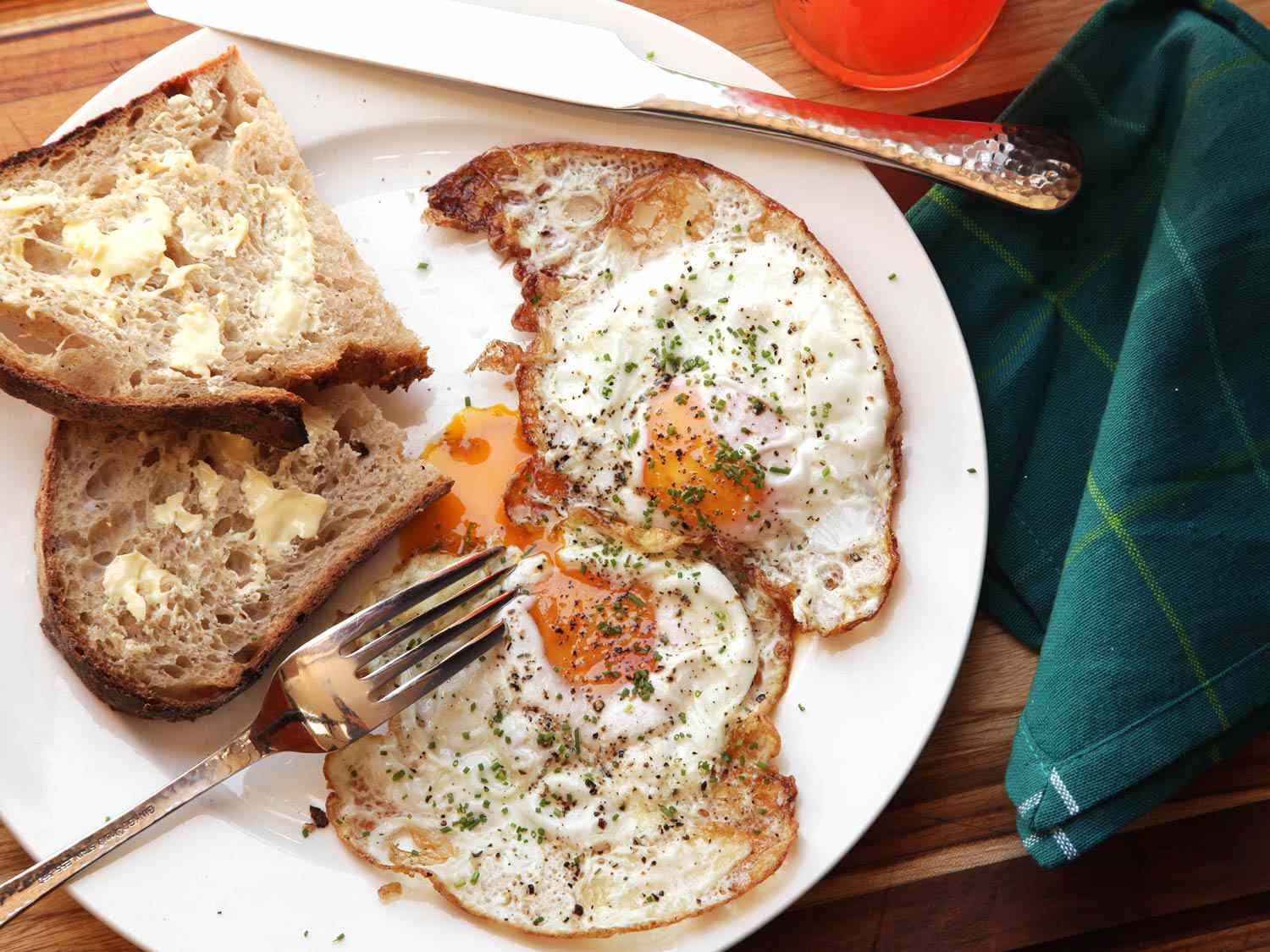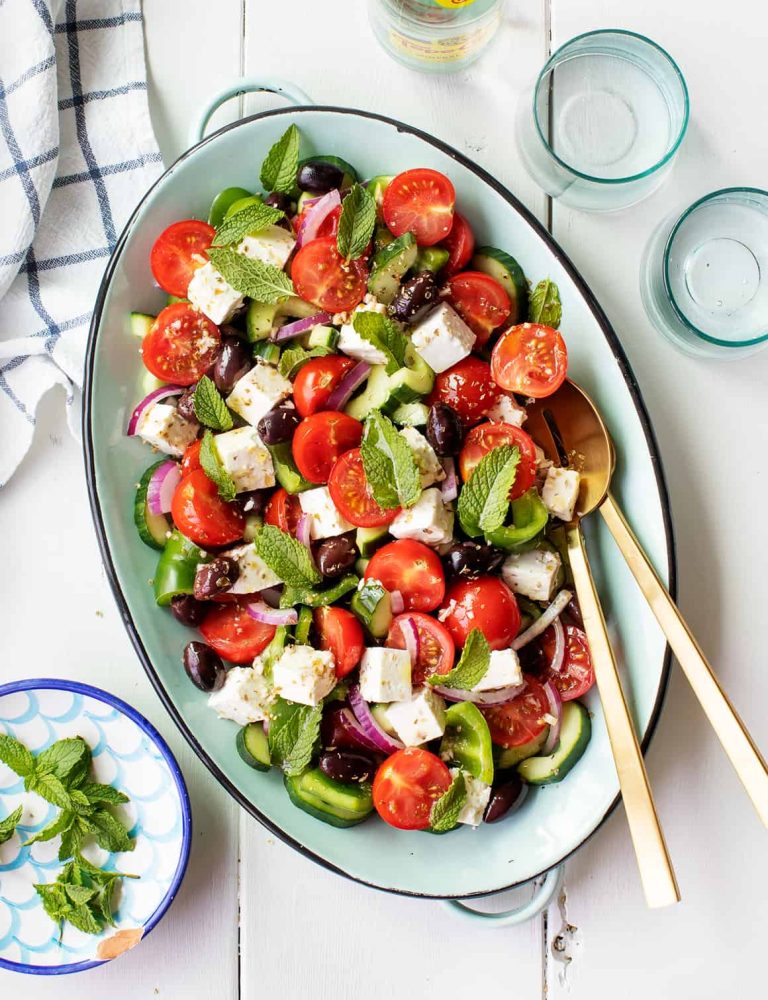Fried Egg Sandwich: History, Recipes, and Pro Tips
The fried egg sandwich has deep roots tracing back to early breakfast traditions. It’s believed that the sandwich became popular in 19th-century England when the need for a quick, hearty breakfast grew among the working class. Combining affordable, nutrient-dense ingredients like eggs and bread made this sandwich a staple in many households. It’s evolved over time with variations emerging as new ingredients and cooking techniques became accessible.
Popularity Across Cultures
The fried egg sandwich enjoys popularity worldwide. In the US, it often includes bacon or ham and cheese, offering a savory start to the day. In Japan, tamago sando features a fried egg paired with soft milk bread, providing a sweet and savory flavor. The UK’s “bacon butty” or “egg banjo” often includes additional fillings like sausage or black pudding. Each culture adds unique twists, making the fried egg sandwich a global favorite.
Key Ingredients for the Perfect Fried Egg Sandwich
Choosing the Right Bread
Bread influences the overall texture and taste of your sandwich. Opt for sturdy bread that can hold up to the moist components. Examples include sourdough, whole wheat, and ciabatta. These varieties offer a robust structure without becoming soggy when paired with fried eggs and other fillings. For a softer bite, you can choose brioche or potato rolls. Toasting the bread adds extra crunch and helps prevent it from becoming too moist.
Types of Eggs and Cooking Methods
Eggs are the centerpiece of a fried egg sandwich. Use fresh, large eggs for the best results. Different cooking methods yield various textures and tastes:
- Sunny-Side Up: Fry the egg without flipping, keeping the yolk runny.
- Over-Easy: Flip the egg briefly to cook the white while maintaining a liquid yolk.
- Over-Medium: Cook slightly longer than over-easy for a semi-firm yolk.
- Over-Hard: Cook until both white and yolk are fully set, ideal for those preferring firmer textures.
Each method brings a unique experience, making the sandwich customizable to your taste preferences.
Variations of the Fried Egg Sandwich
Classic Fried Egg Sandwich Recipes
Classic fried egg sandwich recipes focus on simple yet flavorful combinations. A basic recipe involves toasting bread, frying an egg to your preferred doneness, adding a slice of cheese, and seasoning with salt and pepper. For additional flavor, spread mayonnaise or butter on the toasted bread.
- Bacon and Egg Sandwich: Add crispy bacon strips for a savory crunch.
- Egg and Avocado Sandwich: Mash avocado and spread it on the toast for a creamy texture.
- Ham and Egg Sandwich: Layer slices of ham along with the fried egg for extra protein.
These classics are easy to make and offer a hearty start to the day.
Innovative Twists on the Traditional
Innovative twists on the traditional fried egg sandwich introduce unique ingredients and flavors.
- Mediterranean Fried Egg Sandwich: Use pita bread, add feta cheese, olives, and a sprinkling of oregano.
- Asian-Inspired Fried Egg Sandwich: Replace bread with a bao bun, add a fried egg, kimchi, and a drizzle of sriracha.
- Vegetarian Delight Sandwich: Opt for whole grain bread, layer with sautéed spinach, roasted bell peppers, and a fried egg.
These twists cater to diverse taste preferences, offering both creativity and flavor.
Nutritional Information
Health Benefits of Ingredients
A fried egg sandwich offers various health benefits, thanks to its diverse components. Eggs, the main ingredient, provide high-quality protein, essential amino acids, and healthy fats. One large egg contains approximately 6 grams of protein and essential nutrients like vitamin B12, riboflavin, and selenium. Whole grain bread, often used for this sandwich, adds dietary fiber, aiding digestion and maintaining blood sugar levels. Cheese, a common addition, offers calcium, protein, and vitamin D, which support bone health. Vegetables like tomatoes or spinach enhance the sandwich’s nutritional profile by adding vitamins A, C, K, and antioxidants that boost overall health.
Considerations for Dietary Restrictions
When considering dietary restrictions, modifying a fried egg sandwich to suit specific needs can be simple. For lactose intolerance, use lactose-free cheese or skip cheese altogether. Gluten intolerance or celiac disease requires gluten-free bread. To cater to a vegan diet, replace eggs with tofu scramble and use vegan cheese, ensuring the sandwich remains nutritious. Low-sodium requirements can be met by choosing low-sodium bread, omitting processed meats like bacon or ham, and using fresh vegetables and herbs for added flavor. Adapting the sandwich ingredients ensures it remains a versatile and inclusive meal option.
Tips for Making the Ultimate Fried Egg Sandwich
Cooking Techniques
Select the Right Pan: A non-stick skillet ensures the egg doesn’t stick, maintaining its shape and texture.
Heat Control: Medium heat is ideal for evenly cooking the egg without burning it. For a fully cooked yolk, increase the heat slightly.
Oil and Butter: Use a mix of oil and butter for a rich flavor and crispy edges. Add them to the pan once it’s hot.
Handling the Egg: Crack the egg into a small bowl first to check for shells and then slide it into the pan. This prevents yolk breakage.
Egg Flipping: For an over-easy egg, wait until the white is set before carefully flipping it with a spatula.
Cheese Melting: If using cheese, add it after flipping the egg to ensure it melts properly.
Serving Suggestions
Bread Choice: Whole grain, sourdough, or brioche enhance the sandwich’s flavor and texture.
Layering Ingredients: Start with a base, like avocado or spinach, and add the egg, cheese, and other toppings.
Spreads: Consider spreads like mayonnaise, mustard, or aioli for added moisture and taste.
Side Pairings: Serve with a side salad, hash browns, or fruit slices for a balanced meal.
Portion Control: Cut the sandwich in half for easier handling and presentation.
Customization: Experiment with adding bacon, smoked salmon, or hot sauce to suit your taste preferences.
Conclusion
Mastering the art of the fried egg sandwich opens up a world of culinary possibilities. Whether you stick to a classic recipe or experiment with innovative twists, this versatile dish can suit any meal and satisfy any palate. Embrace the tips and techniques shared to elevate your sandwich game and enjoy the delightful balance of flavors and textures. With endless customization options, the fried egg sandwich is more than just a quick bite; it’s a canvas for your culinary creativity. Happy cooking!






